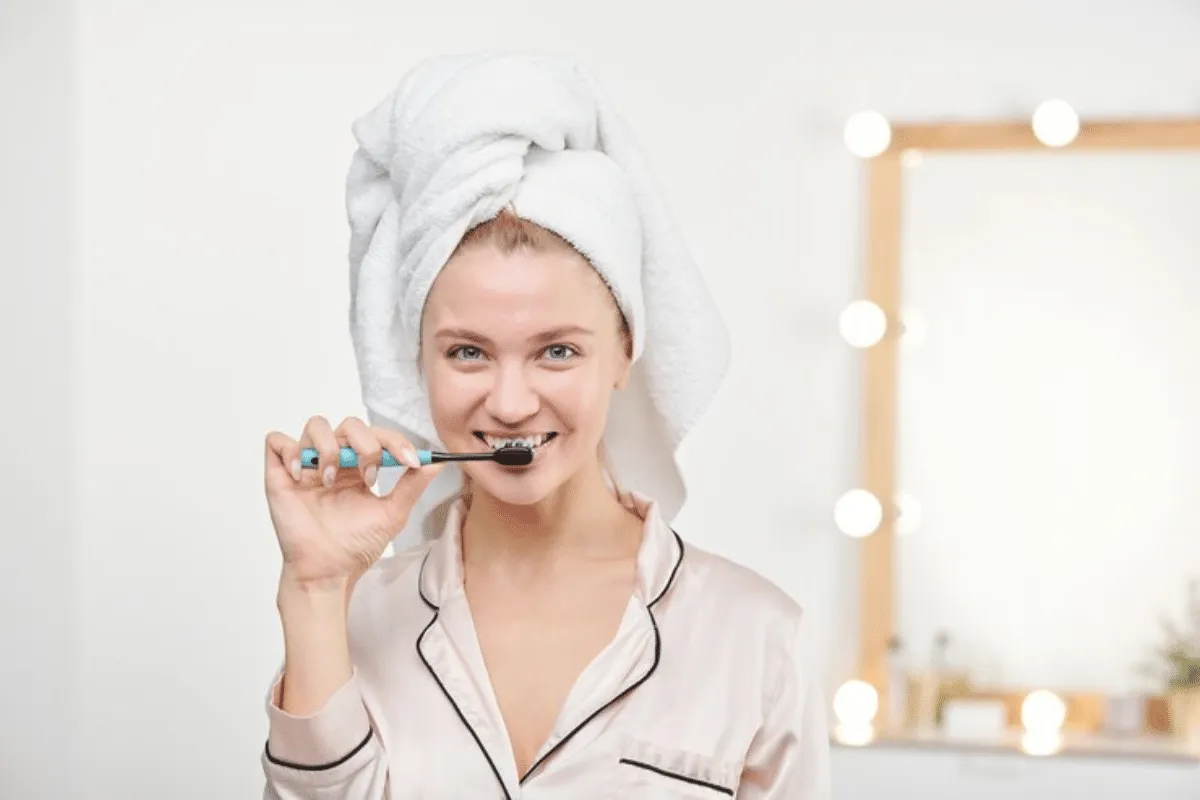Whitening Strips and Brushing Order The Essentials
Achieving a brighter smile often involves incorporating teeth whitening strips into your oral hygiene routine. However, the question of when to brush your teeth in relation to using these strips frequently arises. Understanding the optimal sequence can significantly impact the effectiveness of the whitening process and the overall health of your teeth. This article delves into the essential facts about the correct order of brushing and using whitening strips, ensuring you achieve the best possible results while maintaining good oral health. This guide covers everything from the benefits of each step to potential pitfalls, offering a comprehensive understanding of this crucial aspect of teeth whitening.
Why Brush Before Whitening Strips?
Brushing your teeth before applying whitening strips is often recommended for several important reasons. This initial step prepares your teeth for the whitening process and enhances the effectiveness of the strips. Brushing removes surface debris and sets the stage for optimal contact between the whitening agent and your enamel. Doing so ensures that the active ingredients in the strips can penetrate more effectively, leading to more noticeable results. Therefore, starting with a thorough brushing session is a cornerstone of a successful teeth whitening routine, maximizing the potential of your whitening strips.
Removing Plaque and Debris
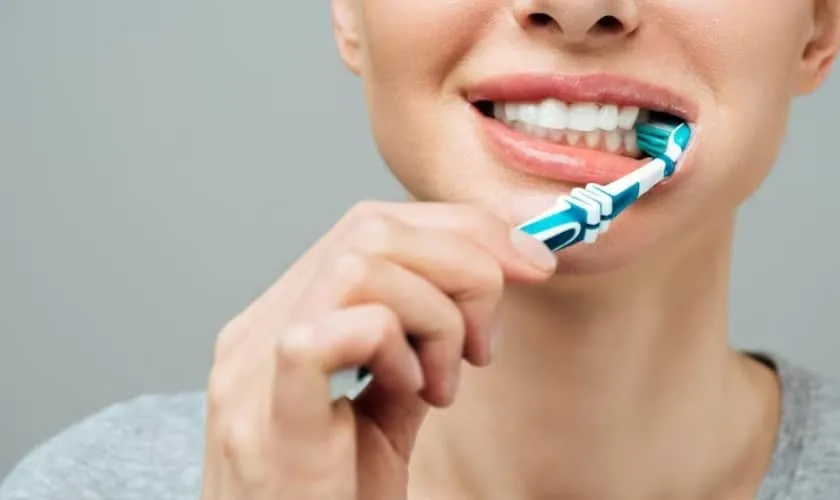
The primary benefit of brushing before using whitening strips is the removal of plaque, food particles, and other debris that accumulate on the teeth throughout the day. These substances can act as a barrier, preventing the whitening agent from making direct contact with the enamel. By eliminating this layer, the strips can more efficiently deliver the whitening ingredients, such as hydrogen peroxide or carbamide peroxide, directly to the tooth surface. This crucial step ensures that the whitening process is not hindered and that the active ingredients can work effectively, leading to a brighter, more radiant smile. The image below illustrates the importance of plaque removal.
Improving Whitening Strip Adhesion
Brushing your teeth also enhances the adhesion of the whitening strips to the tooth surface. When the teeth are clean and free of debris, the strips can adhere more securely, ensuring that they remain in place for the recommended duration. This improved adhesion is crucial for consistent and even whitening results. A good bond prevents the strips from slipping or detaching prematurely, allowing the whitening agent to work continuously. This ensures maximum exposure of the teeth to the active whitening ingredients, helping to achieve the desired level of brightness. Without proper adhesion, the efficacy of the whitening treatment can be significantly compromised.
Why Brush After Whitening Strips?
Brushing your teeth after using whitening strips is also an important step in the process, serving different purposes than the initial brushing. This post-whitening brush helps to remove any residual whitening agent, which can be important for both the health of your teeth and to prevent certain side effects. Additionally, brushing at this stage can address potential issues such as tooth sensitivity, which can sometimes occur after using whitening strips. Therefore, including a final brushing in your routine ensures you maintain a comfortable and effective teeth whitening experience.
Removing Residual Whitening Agent

After the whitening strips have been in place for the recommended time, a final brushing helps remove any remaining whitening agent from your teeth. While these agents are designed to whiten teeth, leaving residues on the tooth surface can lead to potential side effects such as irritation or sensitivity. Brushing ensures that the active ingredients are thoroughly removed, reducing the risk of these issues. This step helps to keep the oral environment balanced and maintains a comfortable and healthy feel in your mouth. The image shows the importance of this step.
Preventing Tooth Sensitivity
Another key reason to brush after using whitening strips is to help mitigate potential tooth sensitivity. The whitening process can sometimes cause temporary sensitivity in some individuals. Brushing with a toothpaste designed for sensitive teeth can help to soothe the nerves and provide relief. Furthermore, this step ensures that no whitening agents remain on the teeth, which could exacerbate sensitivity issues. This post-treatment brushing enhances comfort and helps to protect against the uncomfortable sensations that some people experience after using whitening strips. The image illustrates how to address sensitivity.
The Ideal Timing and Routine
To maximize the effectiveness of your teeth whitening routine and maintain good oral health, following a structured timing schedule is crucial. This involves brushing, applying whitening strips, and then brushing again. Understanding the order of these steps is essential for achieving the desired results. Proper timing ensures that each step is executed at the right time, minimizing potential issues and maximizing benefits. Let’s look at the best way to incorporate the steps into your daily routine, for a comprehensive approach to teeth whitening.
The Recommended Steps
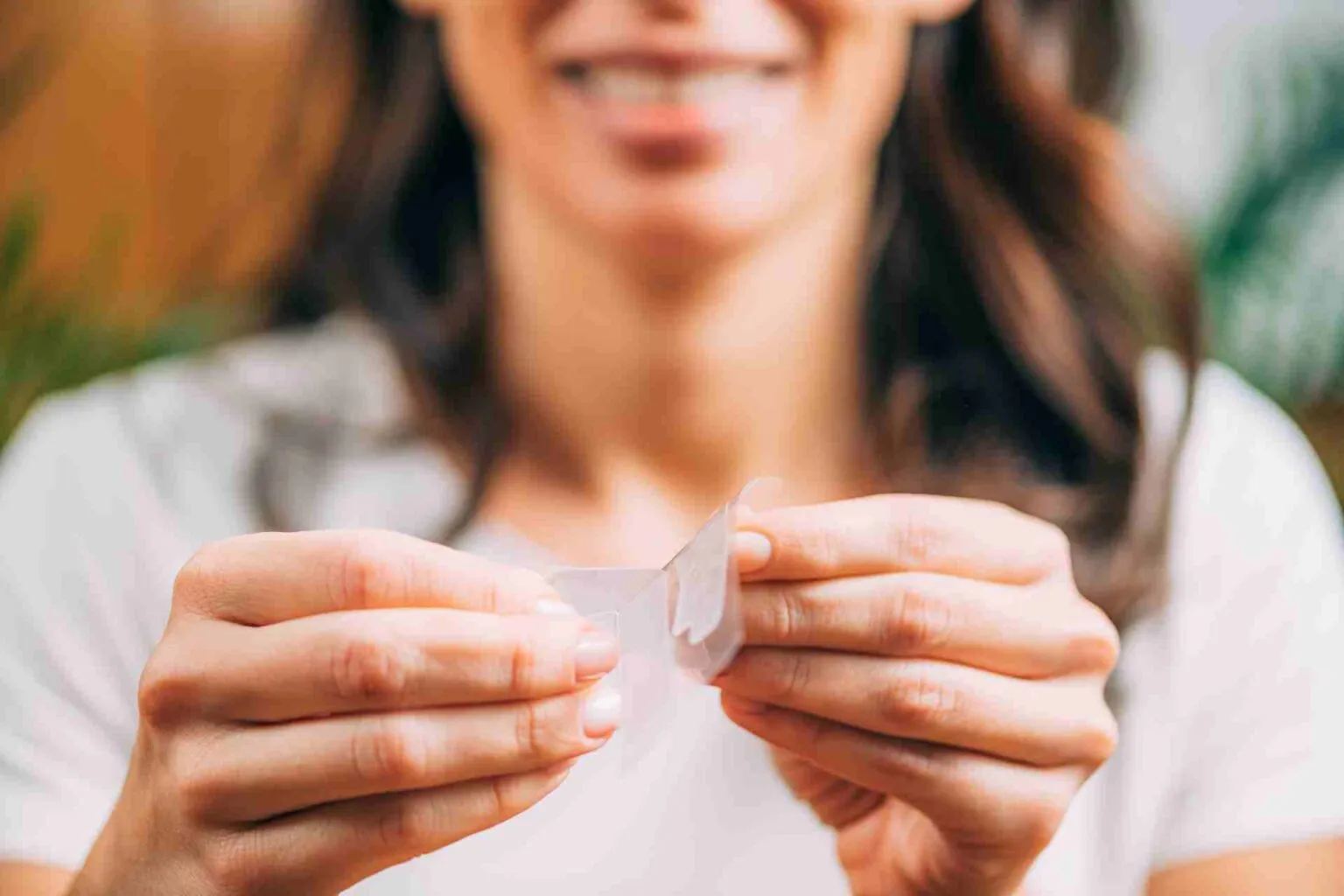
Implementing the right steps is pivotal for effectively whitening your teeth and maintaining optimal oral hygiene. By following these recommended steps, you can ensure that your whitening strips work effectively, your teeth remain healthy, and you achieve the desired brightness. This structured approach combines the benefits of both brushing and using whitening strips to deliver comprehensive oral care.
Step 1 Brush Your Teeth
Begin by brushing your teeth thoroughly with a fluoride toothpaste. This initial brushing is essential for removing plaque, food particles, and surface debris that could impede the whitening process. Ensure that you brush for the recommended two minutes, covering all surfaces of your teeth. This prepares your teeth for optimal contact with the whitening agent. This step sets the stage for the whitening treatment, maximizing its efficacy.
Step 2 Apply Whitening Strips
After brushing, carefully apply the whitening strips according to the product instructions. Ensure that the strips are properly aligned and cover the surface of your teeth. Avoid touching your gums excessively to minimize potential irritation. Let the strips remain in place for the specified time, which is typically 30 minutes. This allows the active whitening ingredients to penetrate the enamel, facilitating the whitening process. The image shows how to apply whitening strips.
Step 3 Brush Again
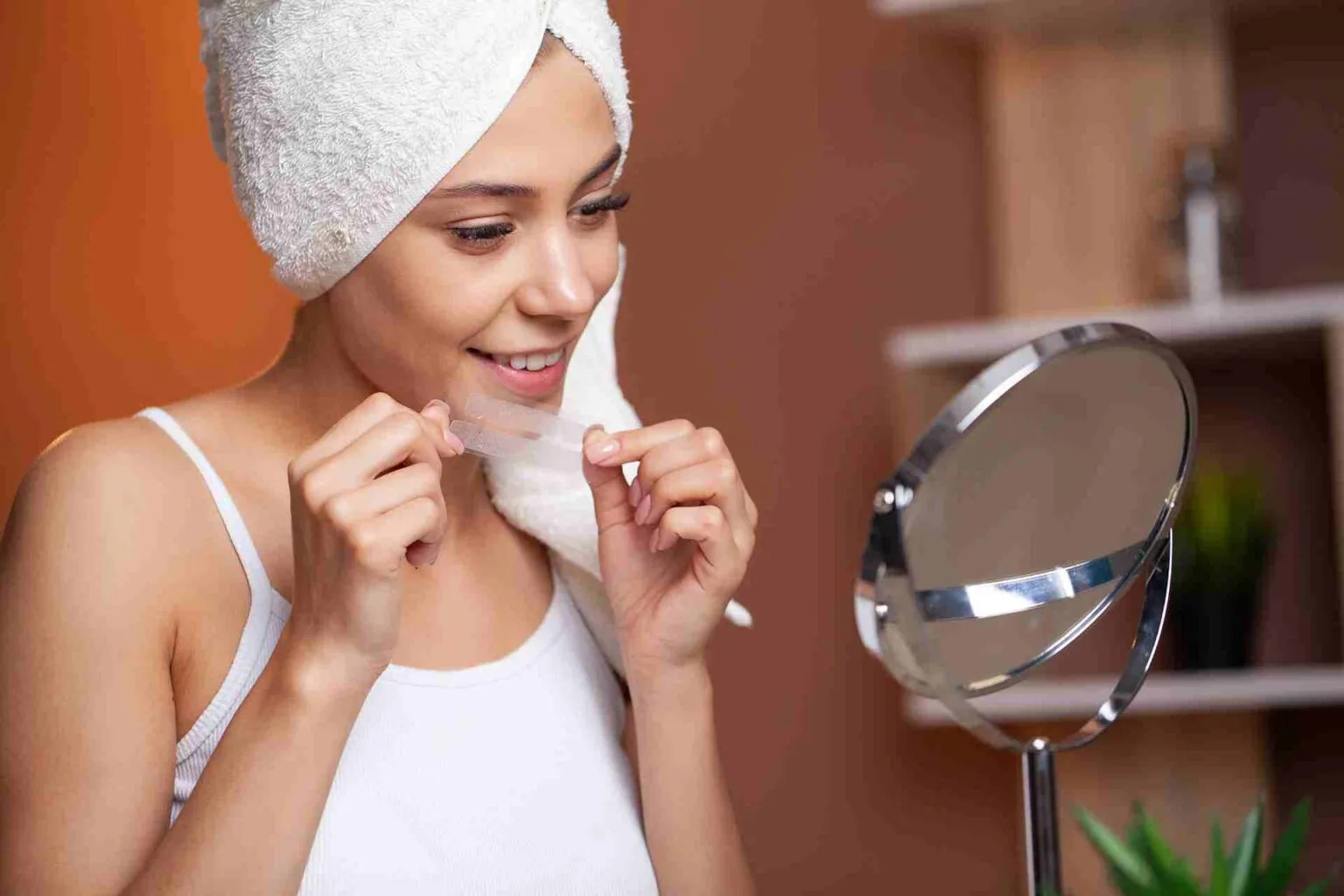
After removing the whitening strips, brush your teeth again. This step helps to remove any residual whitening agent and prevent sensitivity. Use a fluoride toothpaste, and brush gently to avoid irritating your gums. This final brushing step ensures that your teeth are clean and that any potential side effects from the whitening process are mitigated. It concludes the treatment while promoting good oral health.
Potential Pitfalls to Avoid
While teeth whitening strips are a convenient way to brighten your smile, it’s important to be aware of potential pitfalls that could negatively impact your oral health. Avoiding these common mistakes will help you achieve the best results while protecting your teeth. Being informed about these risks allows you to make better choices and maintain your oral health. This section examines common issues associated with teeth whitening strips, helping you navigate this process more safely and effectively.
Over-Brushing and Enamel Erosion
Over-brushing can lead to enamel erosion, making your teeth more susceptible to sensitivity and decay. Using too much force or brushing too frequently, especially with abrasive toothpaste, can wear away the protective enamel layer. This can expose the underlying dentin, causing discomfort and increasing the risk of cavities. It is important to brush with gentle pressure and follow the recommended brushing time of two minutes, twice a day. Regular dental checkups can also help to monitor your enamel health and detect any potential erosion early. The image below shows the enamel.
Using Excessive Force
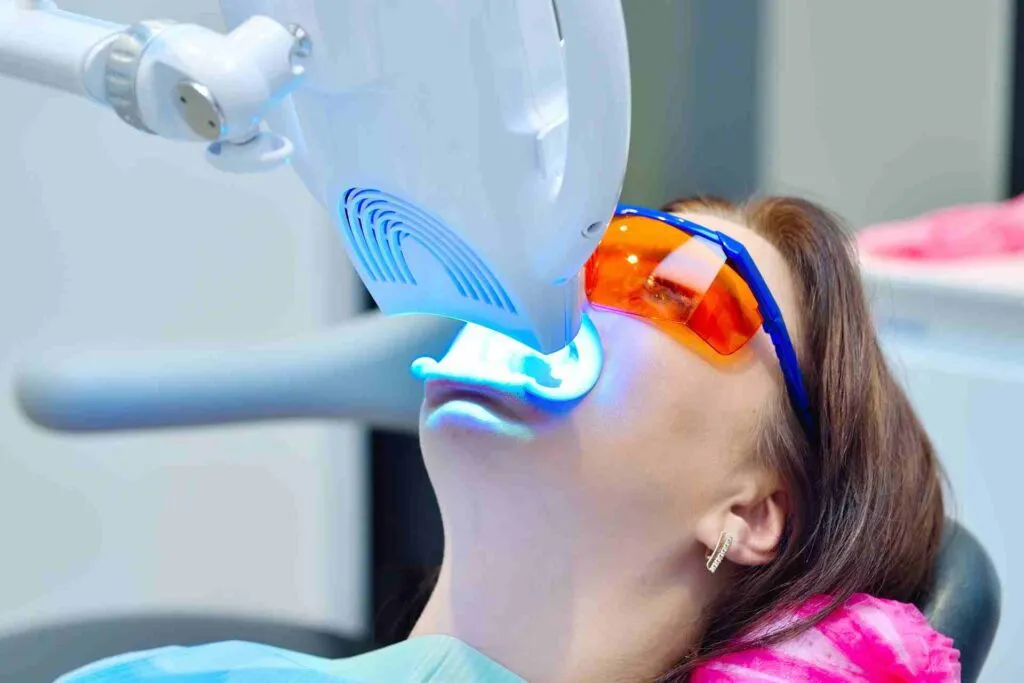
Applying too much force while brushing can also cause significant damage to your teeth and gums. Vigorous brushing, especially with hard-bristled toothbrushes, can lead to gum recession and enamel wear. This can expose the roots of your teeth, making them more sensitive and prone to decay. It is crucial to use a soft-bristled toothbrush and gentle, circular motions when brushing. Pay attention to the pressure you apply and consult your dentist if you notice any signs of damage, such as receding gums or increased tooth sensitivity. The image shows why excessive force is not good.
Alternatives and Considerations
While whitening strips are a popular choice for achieving a brighter smile, other alternatives and considerations might be better suited to your needs and preferences. Exploring these options and seeking professional advice can help you determine the best teeth whitening strategy for you. This section covers alternative whitening methods, the role of mouthwash, and when it’s best to seek a dentist’s guidance. By considering the pros and cons of each approach, you can make an informed decision that aligns with your dental health goals.
Mouthwash and Whitening Strips
When incorporating mouthwash into your teeth whitening routine, timing and the type of mouthwash are key considerations. Using mouthwash immediately before applying whitening strips is generally not recommended, as it can sometimes create a barrier that reduces the effectiveness of the strips. However, using mouthwash after the whitening strips can help remove any residual whitening agent and freshen your breath. It’s best to choose a fluoride-containing mouthwash to strengthen your teeth and protect them from cavities. The image illustrates how to use mouthwash.
Professional Advice

Consulting a dental professional is always the best way to ensure your teeth whitening journey is safe and effective. Your dentist can assess your oral health, identify any potential issues, and recommend the most appropriate whitening treatment for your specific needs. They can also provide professional-strength whitening treatments in their office and offer personalized advice on how to maintain a bright and healthy smile. Regular dental checkups are important for preventing and addressing dental issues. Seek the expert guidance of a dentist for optimal results.
In conclusion, the correct order of brushing and using teeth whitening strips is essential for achieving optimal results and maintaining oral health. By brushing before to remove debris and brushing again after to remove residue, you enhance the effectiveness of the whitening strips while protecting your teeth from potential harm. Understanding these steps and the importance of timing will guide you to a brighter, healthier smile. Always consult with a dental professional for personalized advice and to address any concerns you might have regarding teeth whitening.
